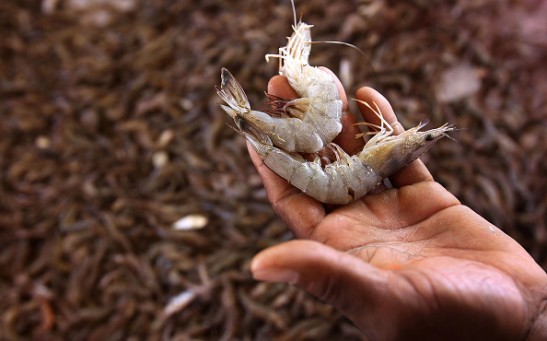Marine Biology
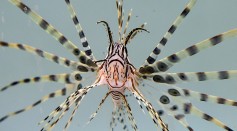
Lionfish Feasts On The New Species Of Goby Fish As Researchers Watch In Horror
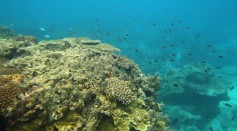
Cauliflower Coral Larvae Has Specific Way to Respond to Environmental Stress, Scientists Find
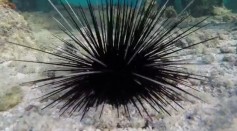
Recovery Of Caribbean Long-Spined Sea Urchin Is Obstructed With The Aggressive Competitor, Study Finds
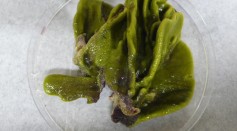
Scientists Are Surprised To Find Bacteria In Marine Sponge Produces Toxic Fire Retardant Compound
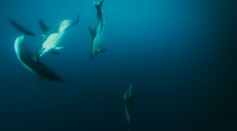
Coastal Ecosystem is Endangered as The Water Temperature Increases, Research Finds

BP Starts To Settle After Nasty Oil-Spill Related Deaths
Seeing With Its Skin—How An Octopus Can Live In the Deep
Port of Los Angeles Reveals a New Resident of the City—A Roly Poly Pillbug Species
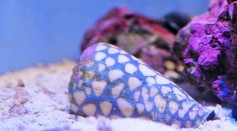
The Secret Behind The Cone Snail's Lethal Venom―Insulin
Most Popular

Innovative BLAST Patch Could Stop Skin Infections with Harmless Electric Currents

Cold, Not Heat, Caused Mass Extinction 201.6 Million Years Ago: New Study

Why It's So Difficult to Lose Weight: The Biological Explanation Behind Obesity

How a Plant-Based Diet Can Protect Against Breast Cancer: Insights from Nutrition Research

